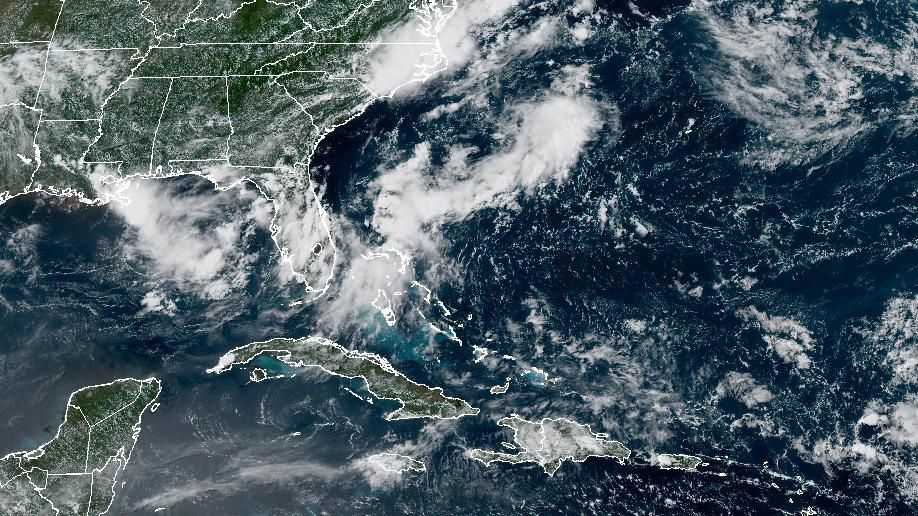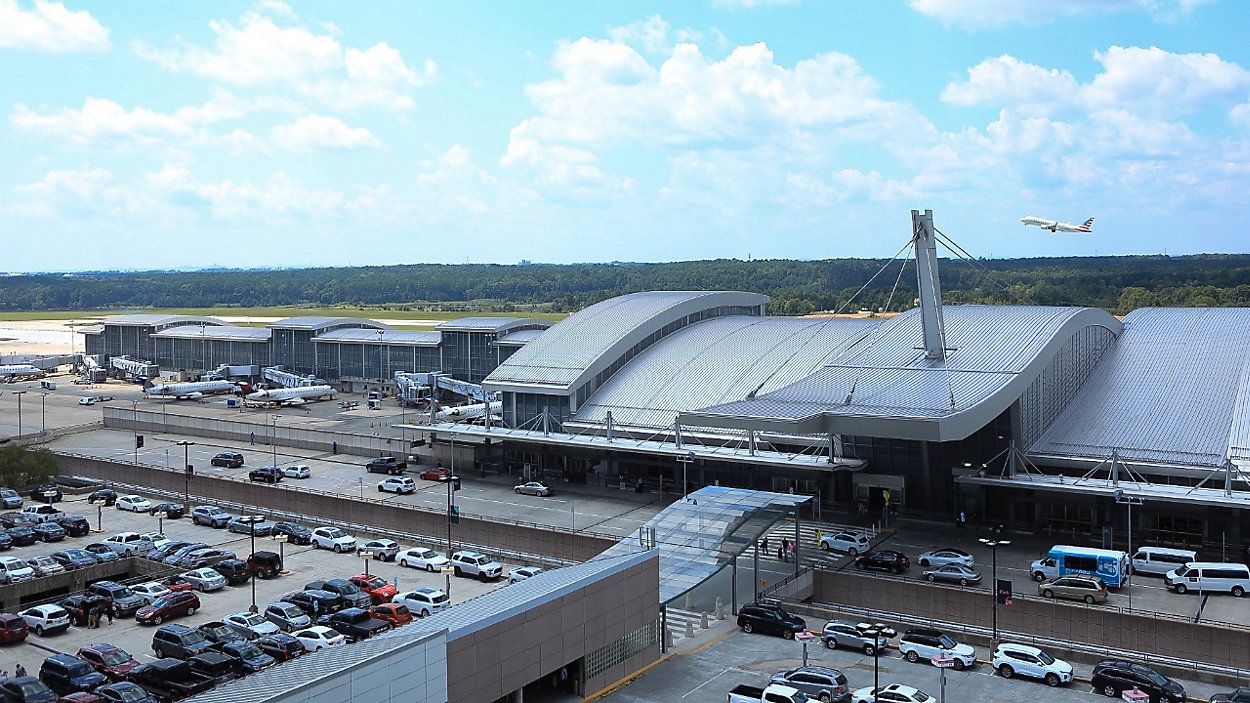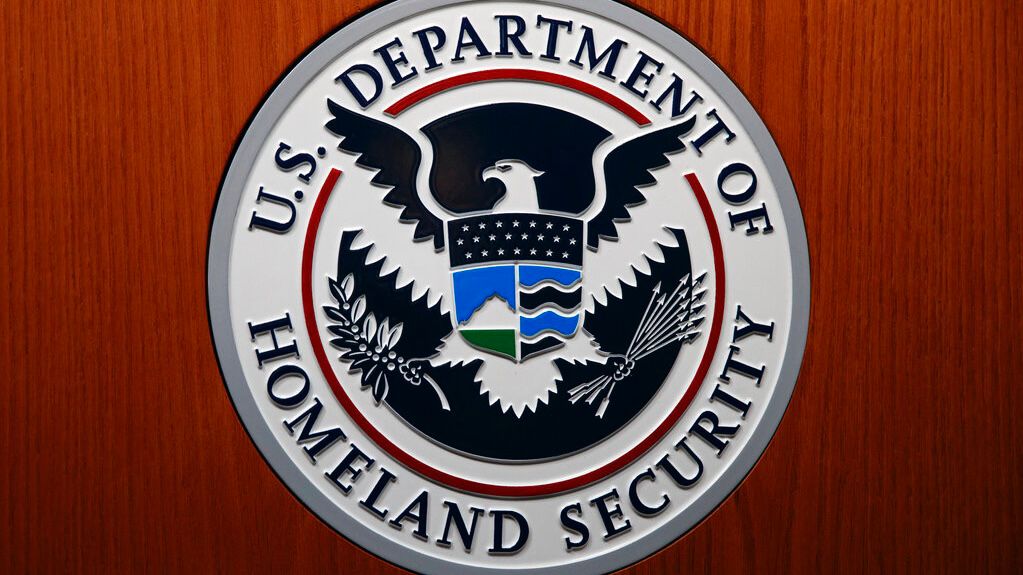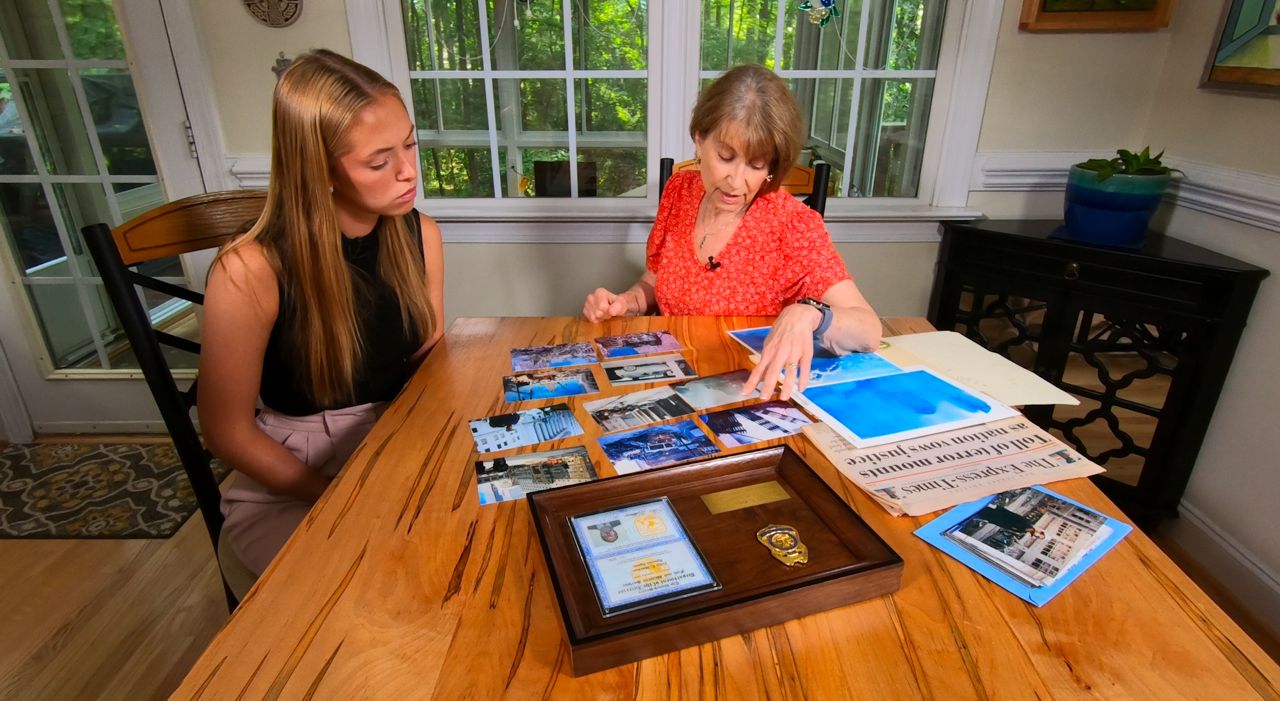CHARLOTTE, N.C. — What used to be overflowing boxes of food at Charlotte-area pantries are now a painful reminder of what’s missing.
Federal cuts to key food assistance programs are taking a toll on local organizations, forcing community leaders like Hattie McNealy to do more with less.
“I’m sad for the people,” said McNealy, executive director of Care to Share Outreach. “It’s not a good look. What makes me happiest is when it’s overflowing.”
McNealy oversees a pantry that feeds thousands of families across the region. She said food deliveries from Second Harvest Food Bank have dropped significantly since the U.S. Department of Agriculture slashed $500 million from funding intended for food banks. That’s on top of another $660 million cut from school food programs.
“We need help and we’re not getting it,” she said. “There are people that ask me, ‘Ms. Hattie, when are we going to get that? When is this going to come?’ Because it’s just not enough and that’s what I hear every day.”
When trucks arrive at her pantry, McNealy said the boxes are noticeably lighter. She often has to fill in the gaps herself — sometimes stretching resources to the point of breaking.
That means she has to fill the boxes with items from storage, which contain sugar and preservatives, instead of fresh produce.
“Some things are nutritional, but we have to do what we have to do because we don’t have the funding to get what we really need,” McNealy said. “So when I come in here, it’s emotional for me.”
That emotion runs deep. McNealy founded Care to Share nearly 20 years ago, and she still feels the weight of every family who walks through her doors — especially the ones with young children.
“I see people every day and they are reaching out. The families are reaching out. I’m reaching out for help to help them,” she said, fighting tears. “And I say it’s going to change. It has to change.”
If it doesn’t, an estimated 4,000 people served by her pantry could be left without a reliable food source.
Among them is Karen Caldwell, a Charlotte resident who began visiting the pantry after her husband lost his job over a decade ago. While he has a job now, Caldwell still returns to the pantry whenever it's needed.
“This isn’t something I come to all the time,” Caldwell said. “It’s just something I come to off and on when needed. But there’s so many families that do have to come on a daily basis. It can make the difference between whether they ate or not.”
Caldwell said she’s noticed a change in the food she receives. She remembers when boxes were filled with fruits, vegetables and protein. These days, it’s more likely to be pastries, bread and shelf-stable snacks.
“A couple of years ago, it was loaded down with both of those things,” she said. “Not just cakes and cookies.”
Related: Federal cuts threaten local food assistance programs in North Carolina
Second Harvest Food Bank, which distributes to dozens of pantries across the Carolinas, confirmed the reduction in supply. “The Emergency Food Assistance Program represents approximately 20–25% of our food supply — so, until funding is restored, our food supplies are stretched very thin,” the organization said in a statement.
Despite the challenges, McNealy isn’t giving up.
As food boxes are passed into car trunks and trucks pull away, she holds on to hope.
Until then, she said, “We keep loading the cars with what we can.”
Second Harvest says the biggest way to help is to raise money to buy food.
Food drives are also a helpful way to contribute to these donation centers.
Second Harvest encourages residents to speak to their legislators to ask them to reinstate the Emergency Food Assistance Program funding and food funding for those in need.











